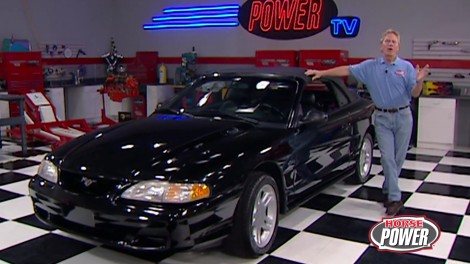
Project Nightmare Pt.1
We reinvent our 1996 Mustang GT, starting with upgrading its suspension for improved handling and stabilizing it with Edelbrock Subframe Connectors.
Season 7
Episode 3
Hosts: Joe Elmore, Chuck Hanson
First Air Date: September 27, 2022
Duration: 20 minutes 54 seconds




























